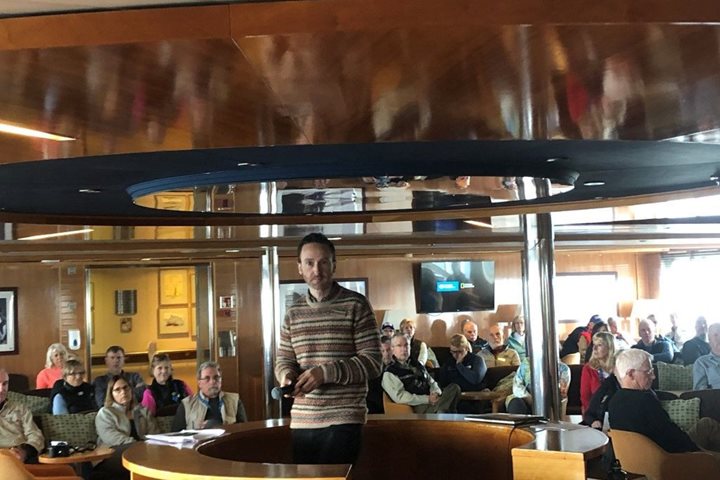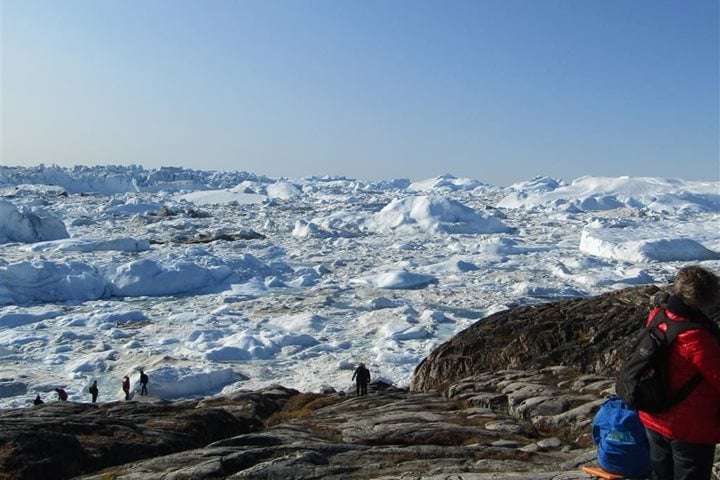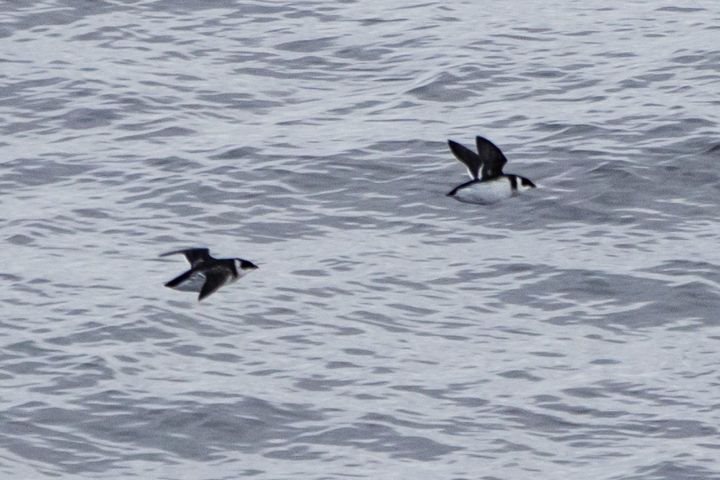We’d planned to land on Beechey Island, but Mother Nature made it very difficult, with strong winds out of the northeast. The island was named after the artist William Beechey (1753-1839), who served as a lieutenant to Captain William Edward Parry, the first European captain to visit this island in 1819. What makes this site so special are the remains of four graves and a decimated structure called the Northumberland House, which was used as a winter home by Franklin’s ill-fated crew in 1845. Our ship was able to capture decent views of the site as we sailed away to our next location: Radstock Bay. Because of the strong winds, we had the chance to hear a remarkable lecture on polar bears—the perfect follow-up to yesterday’s polar bear encounter.
During late morning, we set sail for Southwest Devon Island. The ship was better sheltered from strong winds, and we were able to disembark on our first hike as a group into the Canadian High Arctic wilderness. We’d never visited Radstock Bay before and the efficiency of our team led by our quick-thinking expedition leader made us feel like genuine pioneers of the Arctic. Once landed, it was apparent that this area was yet another bay surrounded by sedimentary rock cliffs common to Devon Island. The graduated beaches were filled with an amazing diversity of fossils and evidence of local wildlife such as owls and muskox. From the beach, we made our way up-river where we found various prints belonging to muskox as well as droppings from caribou, muskox, and arctic hare. We got a real sense of exploration in the Great White North.







